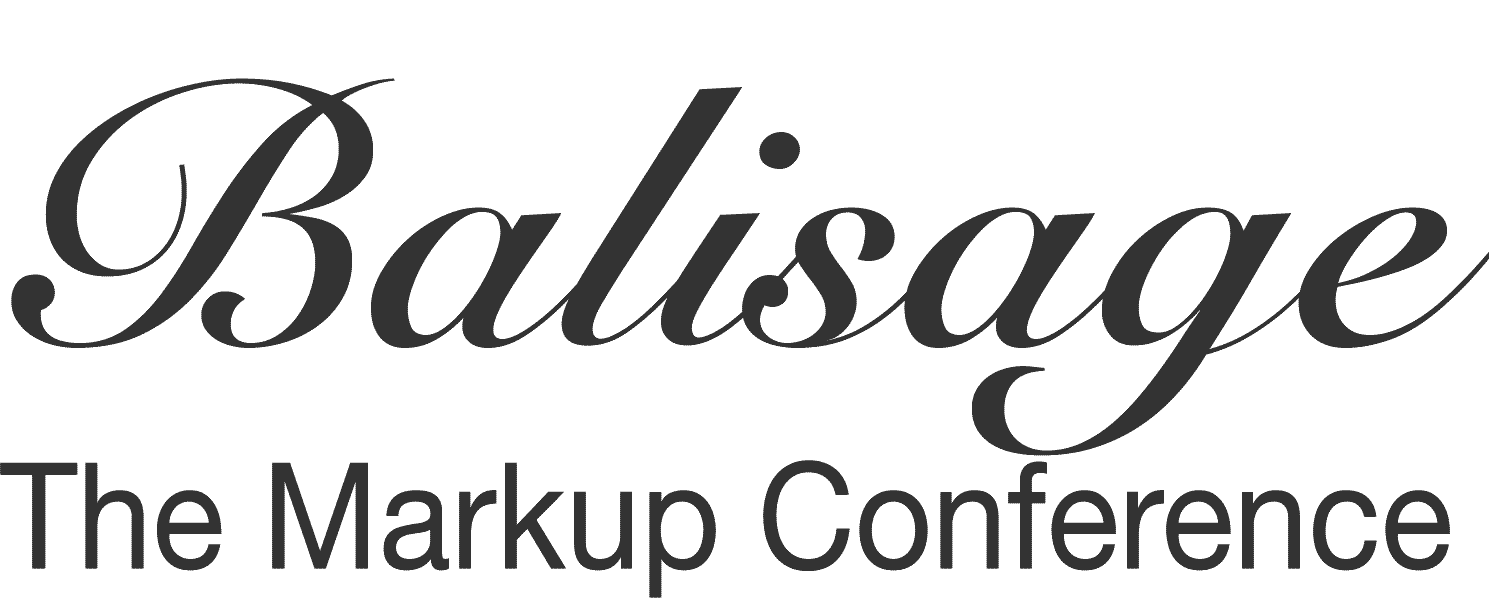from Elisa Beshero-Bondar
When I first met Michael it was quite by accident at the 2014 TEI conference in Evanston, Illinois. I joined some people for lunch and found myself sitting across a big table with...wait, you're telling me that person is the Michael Sperberg-McQueen, the founder of markup consortia and XML? I was star struck and then impressed with how friendly and humble he was, and I enjoyed all the stories circling that table. I'd enjoy hearing so many stories at informal tables like that at several more conferences: TEI, Balisage, and ADHO. I've been fortunate indeed to have the benefit of his wisdom over the past decade. Michael always cultivated the long view, and when tempted to solve a problem with a hack or patch quickly, I think of Michael encouraging a better way.
I was dismayed to learn of Michael's death just two weeks after Balisage—and a Balisage that I'd missed, too. I wanted him to see the project that he helped me to finish—and I was just expecting to send it to him or see him next year. Alas, I had no idea the time was so short. It was also very strange to deliver my last and longest presentation this summer to the NASSR conference on August 17, the morning after learning of his death—because he helped me with a crucial part of building the edition files of the Frankenstein Variorum, and I was sharing that project, now complete at last, with the Romanticists and Mary Shelley scholars for whom it was designed.
When I was stumped at a crucial stage of the project with “raising” XML markup after string collation, I saw Michael at the 2018 DH conference in Mexico City and I asked him over lunch how he’d approach the problem. We were sitting outside a city cafe and Michael used a paper napkin to sketch out one possible solution that he remembered using on another project—it might have been sibling traversal in XSLT. Within an email or two as I shared the idea with David Birnbaum back in Pittsburgh, the three of us decided to thoroughly investigate several solutions to the processing problem in a late-breaking Balisage paper that summer. Working together on that was without a doubt one of the best, most suprising conference experiences—and an example of Michael’s generous, thorough problem-solving and the sort of puzzle that he enjoyed.
Thanks to Michael’s and David’s guidance that summer I was able to develop the Frankenstein Variorum’s post-collation XSLT pipeline—the part of the project that generated TEI edition files to store their hotspots revealing each passage that varies from the other versions. I am grateful I had a chance to collaborate with him and David on this nifty presentation that may be a guide for others stuck like I was. I wish I could have shared the finished Frankenstein project with him, because he helped make it real.
Though I didn't make it to his last conference, the 2018 Balisage will always be the most important one that we shared.
- Slides: https://slides.com/elisabeshero-bondar/zenraising
- Paper : https://www.balisage.net/.../BalisageVol21-Birnbaum01.html
- Frankenstein Variorum: https://frankensteinvariorum.org/
